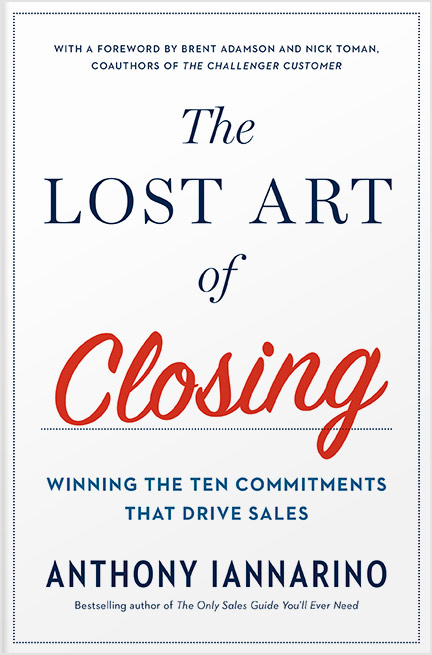There is tremendous value in outcomes-based thinking. One of the reasons people struggle to produce the results they’re capable of is that they lack goals, and a focus on the outcome. For example, maybe you want to win a new deal. But you don’t win a deal. Instead, you do all the things necessary to produce the outcomes that eventually result in a prospective client signing a document that makes them an actual client. While it’s critical that you have your outcome in mind, it is the execution of the inputs that allow you to execute that outcome. Winning on the inputs is part of the domination strategy.
Inputs = Outputs
The following inputs are in a particular order to make a specific point about inputs and outputs.
Meetings: If the outcome is a scheduled meeting with your dream client, certain inputs provide a reliable action plan to create that output. The inputs for booking a meeting include:
- Researching your dream clients to develop a theory about why they may need to change,
- Nurturing the relationships over time to become known as a value creator,
- Using a professional pursuit plan that allows you to persist long enough to obtain that meeting, as well as
- The language choices that demonstrate that your client will not be wasting their time when they meet with you.
- Oh, and then there are cold calls.
Without these inputs, you will not produce the output. Too little activity around these inputs is also a recipe for poor outcomes.
Engagement: If you want the outcome that is your prospective client deciding that you are a person worth engaging with to change some result, there are many inputs you need to leverage.
- How you open your first sales call and set an agenda for the meeting provides your prospective client with some idea as to what it’s going to be like to work with you.
- The types of questions you ask and the insights you share demonstrate the quality of your thinking and approach, another critical input.
- Your ability to help your dream client understand where they are in time and space, as well as the ideas they should explore to improve their situation, are inputs.
Weak inputs lead to poor outcomes.
Control the Process: Your ability to describe and control the process is an input to your ultimate result.
- The ability to ask for and obtain the commitments you know your dream client must make to initiate change and produce better results precedes the result you create. If you can’t ask for and obtain the commitments, either you or your dream client will skip steps, miss commitments, and struggle to move the initiative forward.
- Allowing your client to control the process is the same as agreeing to a request for a proposal, in which you have no say in what comes next or why even when your advice would produce a better result for your prospective client.No more pushy sales tactics. The Lost Art of Closing shows you how to proactively lead your customer and close your sales.

Inputs again equal outputs.
Poor Inputs, Poorer Outcomes
There are two areas of inputs you need to consider when you want a particular—or better—outcome. The first is whether you are generating enough input, a measure of activity. The second, and sometimes even more important, is the effectiveness of the contribution.
If you want meetings, too little activity will make it challenging to achieve the outcomes you want. If you want more meetings, increasing the activity (inputs) invariably leads to better results, which is why so many sales managers ask for higher activity. When a lack of action results in little input, the right answer is to turn up the volumes.
It’s an enormous mistake to look only at the activity as an input. All you need to know this is true are the paragraphs above that describe inputs of greater difficulty and skill than a cold call. The effectiveness of the contribution is equally important, and in some cases, even more critical. It is no good to have a poorly executed first meeting with a client.
Having poorer first meetings with a client only does more damage faster and across a larger group of prospective clients. Your effectiveness in having client conversations is an input.
A Two-Prong Approach to Improvement
If you need better results, you can pursue these two strategies simultaneously. You can increase your activity while also improving your effectiveness. Of the two, many people believe generating more business is their real challenge when in truth, that is the easier of the two. Improving your effectiveness requires intentionality, time, energy, and a willingness to change your approach—even when it is uncomfortable.
Pursuing improvement in both areas is almost always faster than more effective than choosing only one.
If what you are doing now would produce the result you need, you’d already have that result. If you are not achieving that result, you need to focus on increasing and improving your inputs.








.jpg?width=768&height=994&name=salescall-planner-ebook-v3-1-cover%20(1).jpg)


